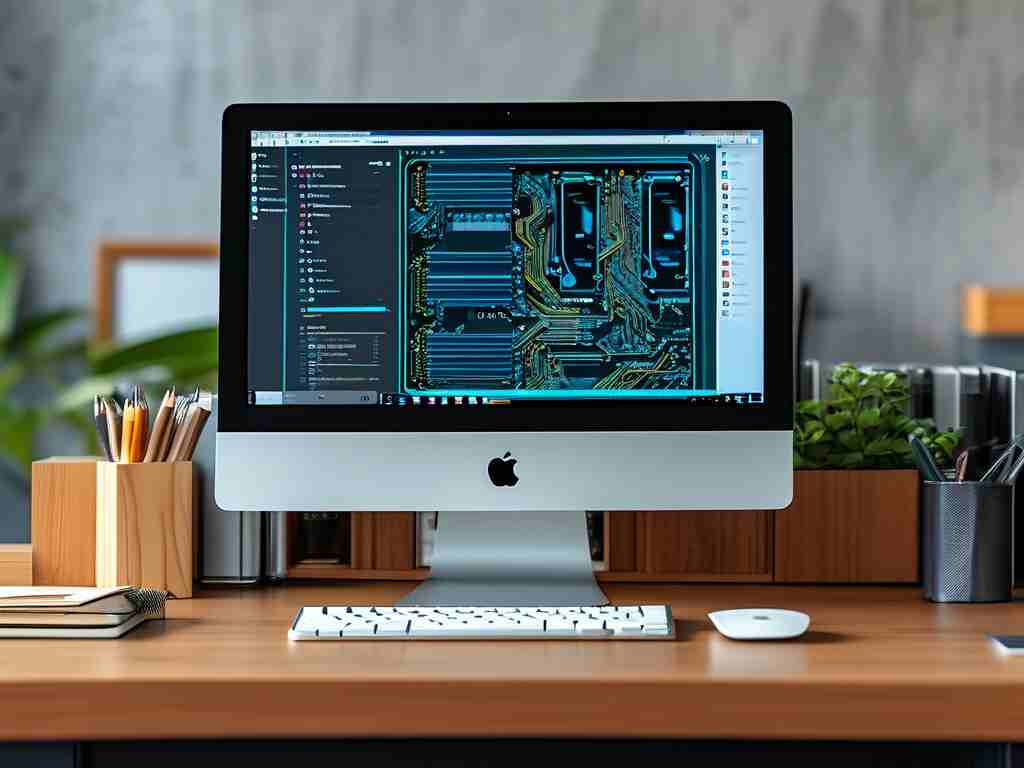Managing computer memory partitions efficiently is critical for optimizing system performance and storage utilization. This article explores practical calculation methods to help users allocate memory partitions effectively while addressing common challenges.

Understanding Memory Partitioning Basics
Memory partitioning involves dividing a computer’s storage into logical sections to manage data, applications, and system files. Proper partitioning ensures faster access times, reduces fragmentation, and enhances security. To calculate partitions accurately, consider factors like total storage capacity, operating system requirements, and user workload patterns.
Method 1: Proportional Allocation Based on Usage
One common approach is to allocate partitions proportionally based on anticipated usage. For example:
- System Partition: Reserve 20–30% of total storage for the OS and critical software.
- User Data: Allocate 40–50% for documents, media, and personal files.
- Backup/Utility: Dedicate 10–20% for backups and temporary files.
This method works well for general-purpose systems but may require adjustments for specialized workflows. A gaming PC, for instance, might need a larger partition for game installations, while a video editing workstation may prioritize scratch disk space.
Method 2: File System Structure Optimization
Different file systems (e.g., NTFS, FAT32, exFAT) have unique overhead requirements. Calculating partition sizes must account for cluster sizes and metadata. For instance, NTFS uses smaller clusters for efficient small-file storage but requires more overhead for large partitions. Use tools like diskpart on Windows or fdisk on Linux to analyze file system demands:
# Example Linux command to check disk space sudo fdisk -l
Method 3: Dynamic Partitioning with RAID
RAID configurations (e.g., RAID 0, RAID 1) enable dynamic memory allocation across multiple drives. Calculations here depend on redundancy needs and performance goals. RAID 0 stripes data for speed but offers no redundancy, while RAID 1 mirrors data for safety. A hybrid setup like RAID 5 balances both but requires complex capacity calculations:
Total Usable Space = (Number of Drives - 1) * Smallest Drive Capacity Method 4: Virtual Memory and Swap Space
For systems with limited RAM, virtual memory (swap space) acts as an extension. The recommended swap size varies:
- Minimum: 1.5 × RAM size for systems with ≤ 4GB RAM.
- Maximum: 2 × RAM size for systems with > 4GB RAM.
Adjustments are necessary for hibernation support or memory-intensive tasks like machine learning.
Challenges in Partition Calculation
- Over-Allocation: Assigning too much space to one partition can starve others. Tools like GParted help resize partitions post-allocation.
- Future-Proofing: Anticipate storage growth. Leave 10–15% unallocated for future adjustments.
- Platform Differences: Windows and Linux handle boot partitions differently, affecting size requirements.
Case Study: Partitioning a 1TB SSD
Consider a 1TB SSD for a dual-boot system (Windows and Linux):
- EFI System Partition: 500MB (required for UEFI boot).
- Windows C: Drive: 400GB for OS and apps.
- Linux Root (/) : 200GB.
- Shared Data: 300GB (NTFS or exFAT for cross-platform access).
- Swap: 16GB (assuming 8GB RAM).
Advanced Tools for Precision
Third-party tools like EaseUS Partition Master or MiniTool Partition Wizard automate calculations using algorithms that factor in file types, fragmentation, and I/O patterns. For developers, scripting custom solutions with Python or PowerShell offers flexibility:
# PowerShell script to create a partition New-Partition -DiskNumber 0 -Size 200GB -DriveLetter D
Effective memory partition calculation balances technical constraints with user needs. By combining proportional allocation, file system insights, and advanced tools, users can optimize storage for speed, safety, and scalability. Regularly review partition layouts to adapt to evolving workloads and avoid performance bottlenecks.









